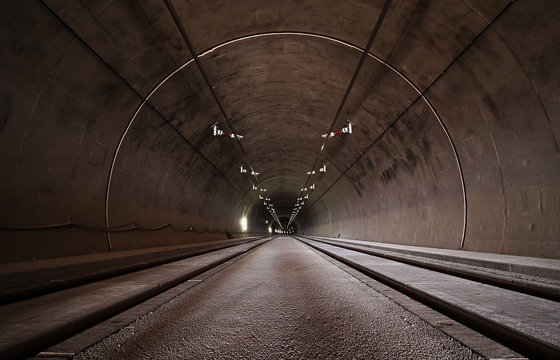The activity of the cement industry has continued to decrease during the month of September, according to the estimates of the Cement Barometer of Oficemen. The situation of paralysis experienced by the execution of public works in Catalonia has once again generated negative rates in all magnitudes. In fact, during the first 3 quarters of 2018, the evolution of the sector is down compared to the same period in 2017, both in terms of cement consumption and in relation to production and exports.
According to the Barometer data, the Cement Demand Index in Catalonia during September fell by 3.4%, with a total of 141 thousand tons consumed. In the first nine months of 2018, 1.38 million tons were used, 0.4% less than in the same period of 2017.
For the production of cement, in September it is estimated a fall of 7% with respect to the same month of the previous year, with a total of 204 thousand tons. In the cumulative 2018, the data is 2.1 million tons, with a decrease of 8%.
In the chapter on Exports, and with data referring to August, there has been a drastic fall in cement sales abroad, offset by a high increase in clinker (the product prior to cement). So far in 2018, the balance is 2.2 million tons, with a fall of 14.3% compared to the period January-August 2017.
“The situation is difficult for us both in the domestic market -because of the limited activity of the construction sector- and in relation to exports, because our factories have lost competitiveness as a result of the rise in the price of electric power and the price of electricity. CO2 emission rights” explains Salvador Fernández Capo, president of Ciment Català. In this context, countries that are outside the CO2 Emissions Market System and, as in the case of Turkey, have devalued their currency, have become almost unbeatable competitors in international markets for Catalan factories, despite being technologically better prepared.

